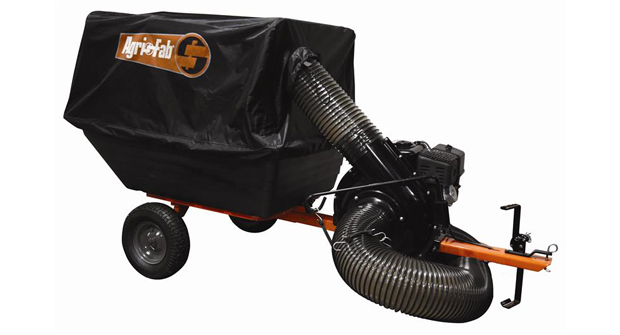
When purchasing a string trimmer, landscape pros should consider factors like its overall power, durability, performance and maintenance. They also need to decide how they plan to use the trimmer, which will determine whether a straight- or curved-shaft trimmer would be best.
Straight versus curved
The main deciding factor between a straight- or curved-shaft trimmer depends on the type of task landscapers want to accomplish, says Andrew Johnson, Stihl product manager. For example, curved-shaft trimmers are generally shorter and designed for lighter duty applications, and a straight shaft is for more aggressive trimming, brush trimming and longer periods of use.
“For most professionals, using a straight shaft comes down to the time of use with the unit,” Johnson says. “With professionals using them all day on larger jobs, the straight-shaft trimmer makes a quicker job of the work.”
Straight shafts can reach under bushes or other foliage that hang over the cutting area with more precision. The extended reach also reduces the chance of being hit by flying debris, and straight shafts have a wider cutting swath.
Curved shafts are shorter and typically designed for smaller yards and around flower beds, says Mark Taylor, string trimmers product manager at Echo. The curved shaft also offers a different shield design that covers more area.
However, the most important differences between the two types are torque and power, says Scott Sittler, marketing manager at Husqvarna.
“Because a straight-shaft trimmer has a straight, solid drive shaft, it delivers more torque and cutting power,” Sittler says. “This configuration also generates less vibration.”
While most professionals opt for straight shafts, some might also choose a curved shaft if the user is shorter, needs a compact design on a property or if they’re coming back to work following an injury and can’t carry as much weight.
Added benefits
Most string trimmer manufacturers allow for straight-shaft string trimmers to be converted to a blade. Trimmers with curved shafts are not approved for bladed-type cutting attachments.
“It’s nice to be able to convert standard straight-shaft string trimmers, instead of having to buy a dedicated piece of equipment to clear,” Taylor says. “They have a gear-reduction ratio in the gear case at the bottom that converts the rpm (speed) to power. Straight-shaft trimmers are more powerful and can handle heavier applications.”
Handle options
In addition to the different shaft designs, string trimmers also offer handle options like loop and U-shaped versions that resemble bike handles. The loop handle is designed for quicker, more basic jobs, whereas the U-shape is designed for longer periods of use.
The U handle is best used with a strap or harness to help distribute the weight and reduce operator fatigue, says Johnson. It’s also ideal for brush-cutting applications and gives the operator more control, says Taylor.
“The U handles give you more of a straight side to grab hold of to rotate the unit to edge with it,” Taylor says.
Most models geared toward professionals have handles that are overmolded with soft rubber, which adds comfort and reduces vibration, Taylor adds.

